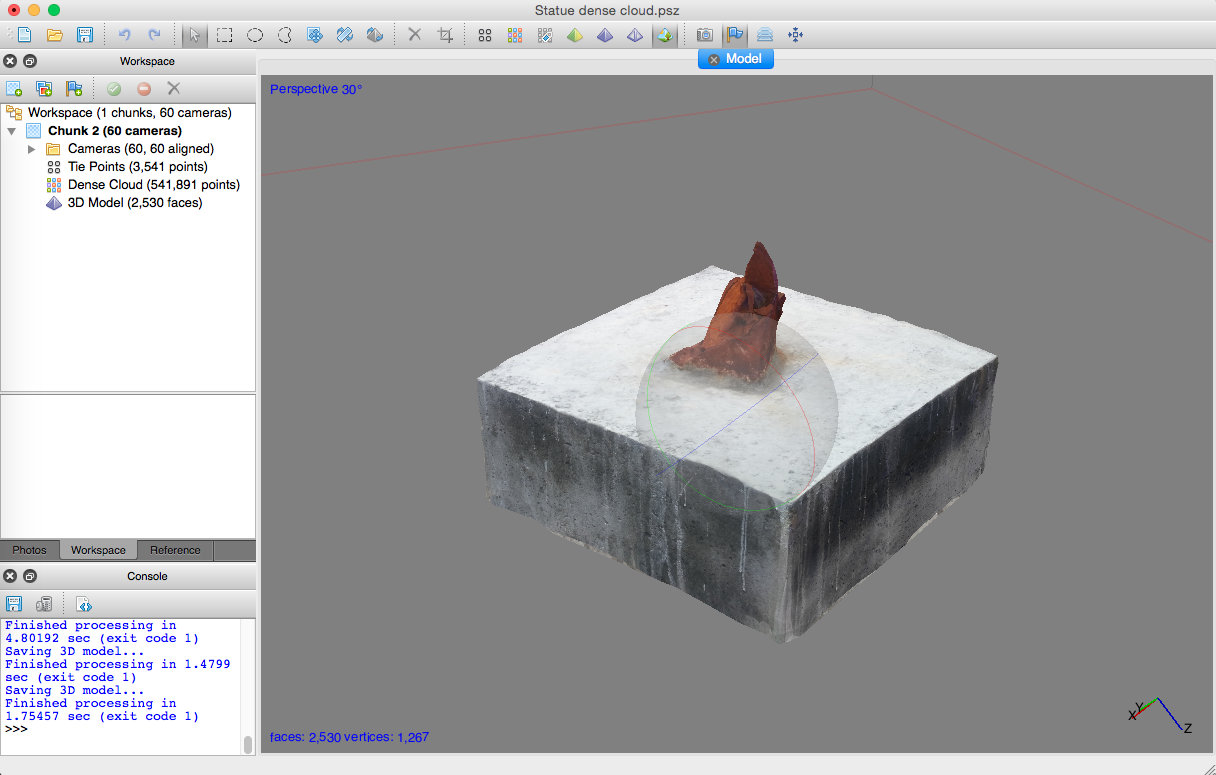The readings under consideration broadly span the topic of digital techniques – from engagement with audiences through digital medium to methods of digitally recording information.
Bonacchi (2017) discusses two types of public engagement through digital means – broadcast and participatory. The broadcast approach is a one-way dissemination of information. Many heritage organizations and archaeological research utilize a broadcast approach to share information with the public. Our project, too, uses this website to broadcast our works and our thoughts. While people outside of the project can comment on and interact with posts, the work of research design and interpretation lies with us.
The participatory approach, on the other hand, includes non-specialists more directly in the research being undertaken and can be facilitated through digital tools. Bonacchi (2007) identifies four degrees of participation – contributory, collaborative, co-creative and hosted – that represent a spectrum from less to more participatory. If members of the public join us in conducting data collection, this would be a form of contributory participation. They are assisting in a task that has already been defined by the research team. How might the project move towards more collaborative, co-creative, or hosted methods of engagement?
Our other reading examines the use of 3D representation in archaeology and the conceptual elision between the model – which we create – and the original object. What benefits can 3D technology provide to a public archaeology project, and what are the potential pitfalls? Should we integrate 3D technology into our project, and if so, how?
